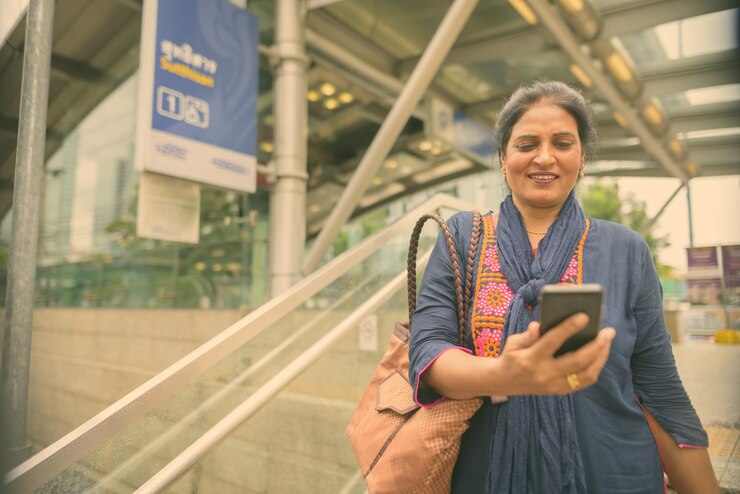Alarming events from the India-Pakistan border have dominated international headlines in recent days. It makes sense that missile strikes, heated rhetoric, and emergency airspace closures have alarmed both travelers and vacation planners. But when you look past the noise, a more distinct image shows up, one that is characterized by focus rather than fear.
Travelers can discover an encouraging truth by looking past the initial shockwaves and into the lived realities throughout India: visiting India can still be a very fulfilling experience if they make wise decisions and are aware of the local conditions. The majority of the nation’s tourist attractions, such as the golden beaches of Goa, the backwaters of Kerala, the royal forts of Rajasthan, and the vibrant charm of Mumbai, are completely unaffected.
India Travel Safety Snapshot
| Category | Details |
|---|---|
| Travel Risk Level (UK Gov’t) | Avoid all travel within 10 km of Pakistan border and to Jammu & Kashmir (except flights to Jammu) |
| Key Areas to Avoid | Kashmir (incl. Srinagar), Manipur, Attari-Wagah crossing, parts of Punjab, Rajasthan, Gujarat |
| Safe Tourist Regions | Goa, Kerala, Delhi, Mumbai, Chennai, Bangalore, central & southern India |
| Affected Airports (May 9) | Jammu, Srinagar, Leh, Amritsar, Bikaner, Gwalior, Jodhpur, Dharamshala |
| Insurance Note | Travel insurance may be invalid if entering restricted zones |
| Travel Advisories Source | UK Foreign Travel Advice for India |
| Airline Disruptions | Select routes rerouted or delayed; travelers advised to contact their airline |
| Emergency Services | Embassies active, curfews imposed in some north-eastern areas |
Making Accurate Plans: Why the Majority of India Is Still Reachable
India’s tourism infrastructure has significantly improved over the last ten years, becoming incredibly effective and surprisingly resilient to regional disruptions. Although there are genuine safety concerns in Kashmir and Manipur, these regions only make up a small part of the country, which is made up of cities, temples, beaches, and mountains.
Travelers can confidently navigate these conditions by making strategic plans, selecting southern and western states, monitoring embassy alerts, and obtaining flexible bookings. Using a reliable map and steady hand makes the journey safe, much like navigating a boat through shifting currents.
Uninterrupted Daily Life: What Visitors Are Seeing on the Ground
In most Indian cities, daily life goes on unabated despite increased geopolitical tension. When visitors stroll through the markets of Kochi, relax in the boutique hotels of Jaipur, or eat street food in Hyderabad, they frequently describe an atmosphere that is remarkably similar to that of any other dynamic country: friendly, complicated, but under control.
This contrast can be startling in the context of high-profile headlines. However, it serves as a reminder that regional occurrences do not necessarily result in national crises. Most travelers report smooth, enriching trips thanks to strategic awareness and flexible planning.
Advice from Regular Passengers: Keeping Safe Without Forgoing the Experience
Veteran tourists advise being proactive in a few ways:
Before you arrive, register with your embassy.
Even if flights or lodgings seem alluring, stay away from high-risk areas.
For up-to-date safety information, keep Telegram or WhatsApp open.
As a backup, bring printed copies of important documents and road maps.
Visitors can lower their stress levels and discover India’s cultural magic by forming these easy habits, which are remarkably effective for travel anywhere. It is particularly evident to those who have traveled along its historic streets and tranquil coastlines: India offers its visitors unforgettably rich experiences.
Keep Your Curiosity Alive—Use It Sensibly
India is still a very flexible place to visit. Every region offers a unique tapestry of experiences, ranging from culinary explorations in Tamil Nadu to spiritual awakenings in Rishikesh. Even though they are severe, the current conflicts do not characterize the whole area. Instead, they draw attention to the necessity of especially creative planning and adherence to official recommendations.
So, is going to India safe? Yes, in many areas. You can still have a very rewarding journey that is shaped by foresight rather than fear if you strike a balance between curiosity and caution.

